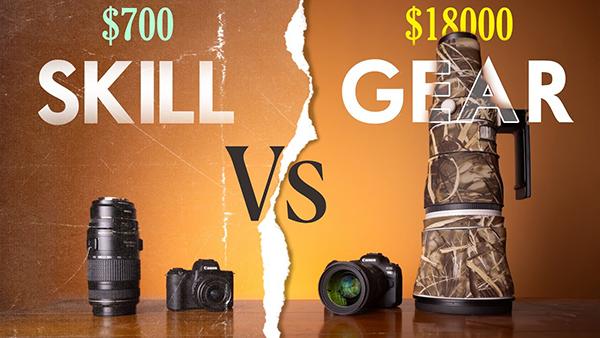DSLR News
Sort By: Post Date TitlePublish Date
|
Mar 20, 2024
|
Mar 15, 2024
|
Feb 12, 2024
|
Feb 08, 2024
















